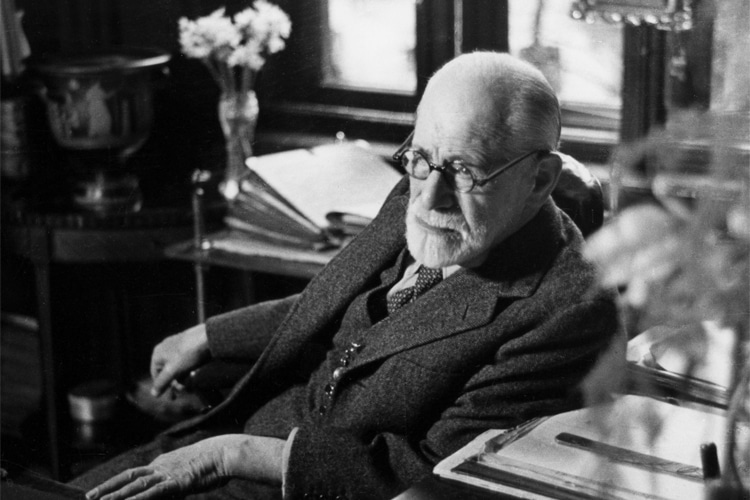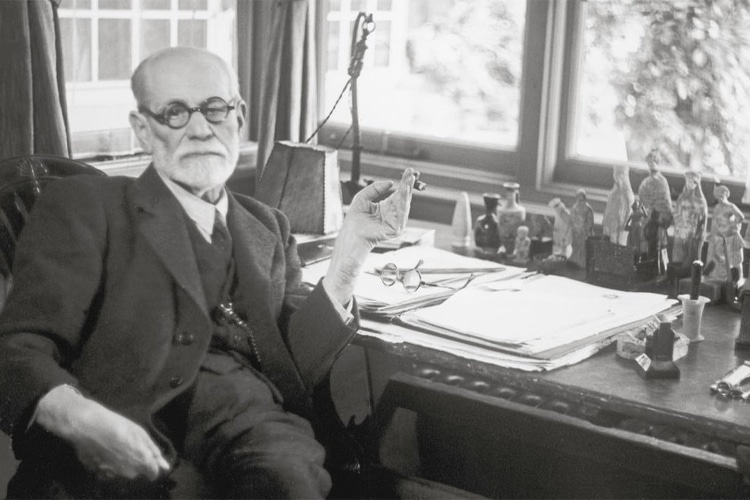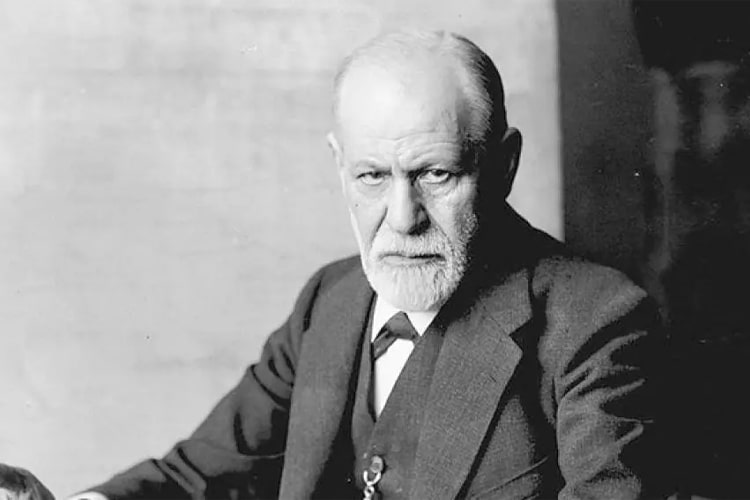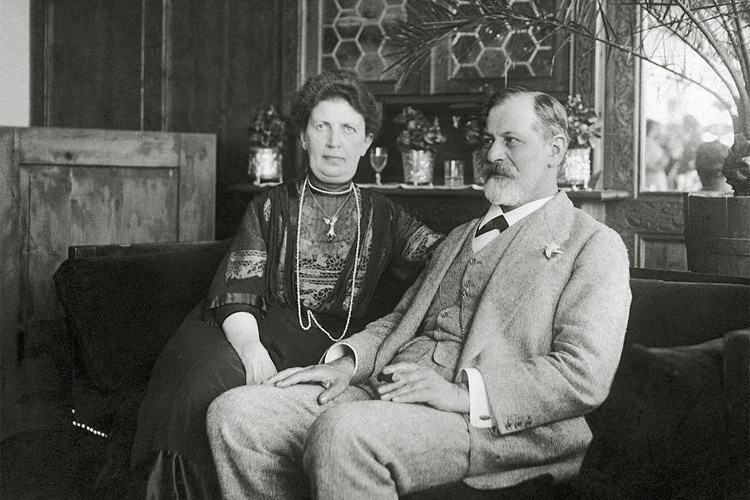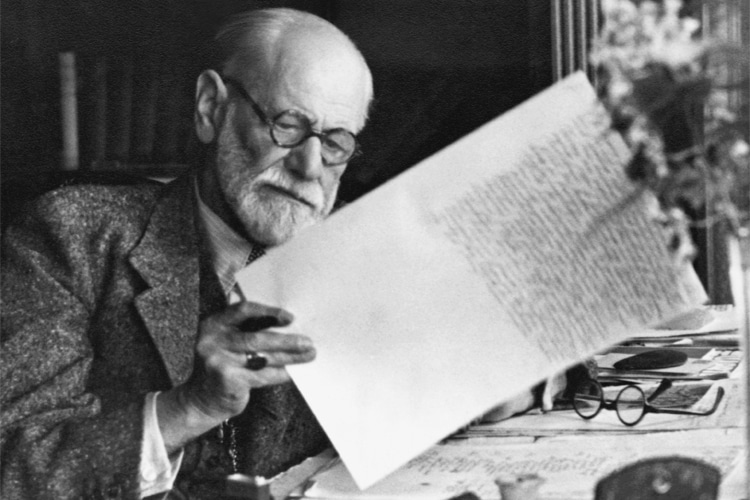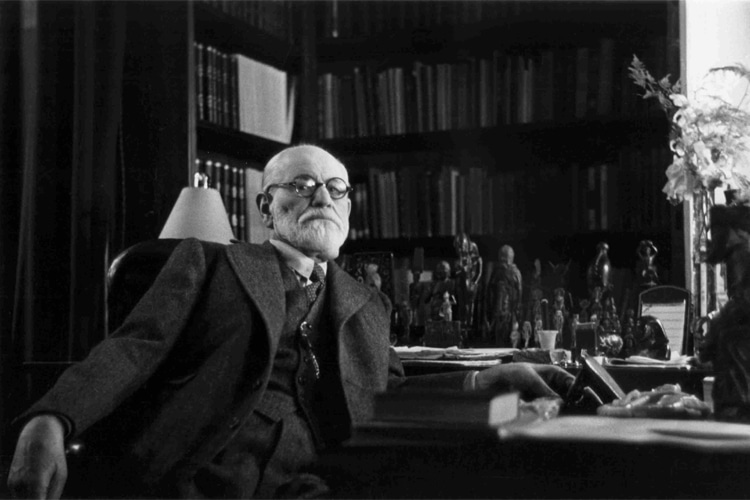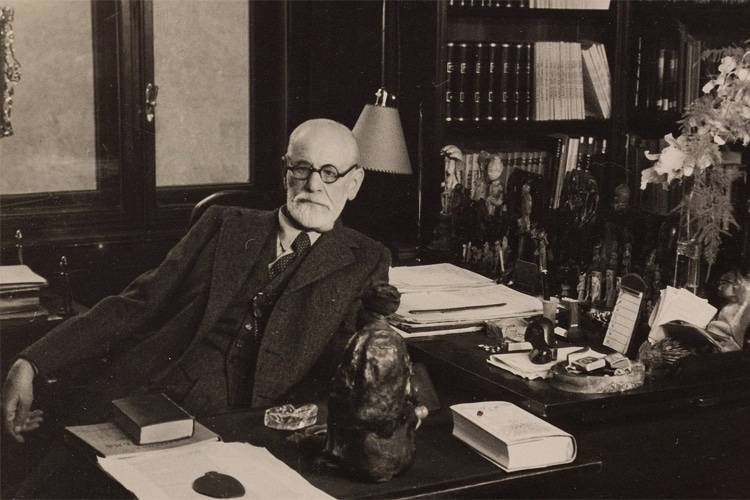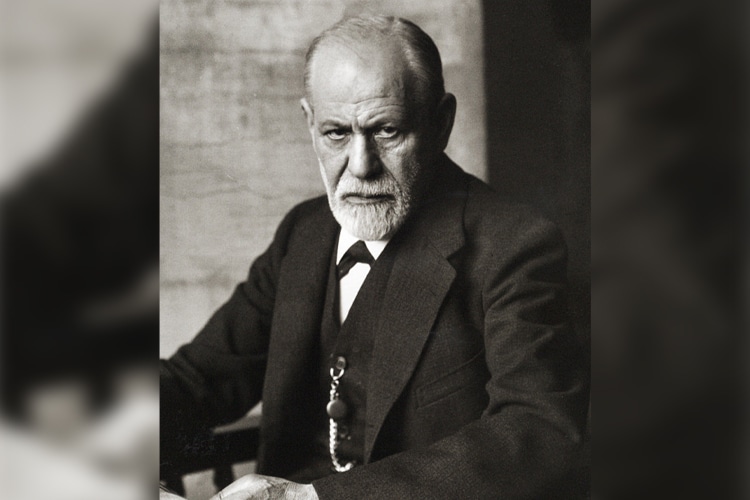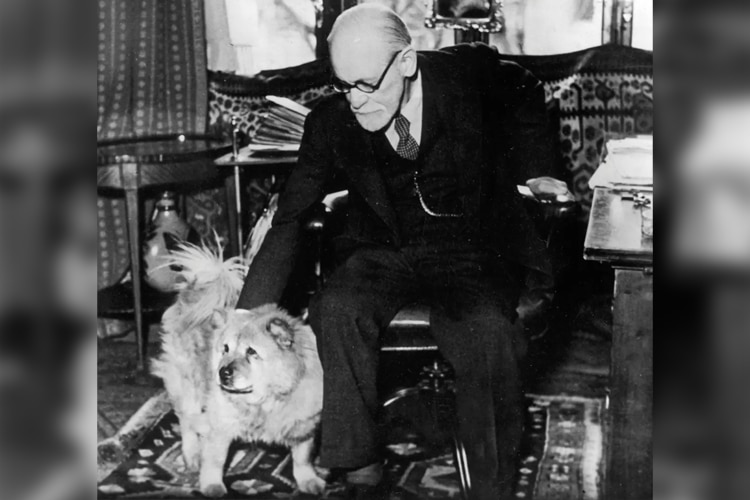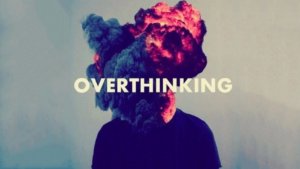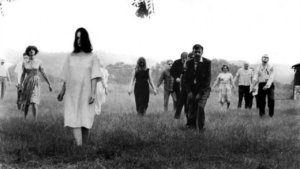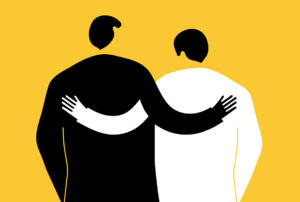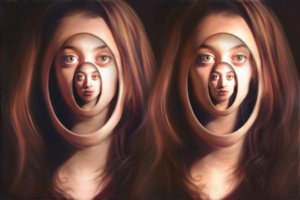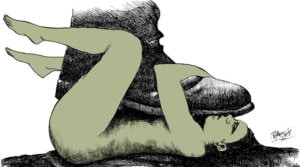Sigmund Freud is an Austrian neurologist and founder of psychoanalysis who created a completely new approach to the understanding of human personality. Freud, 20. He is considered one of the most influential and controversial minds of the century. In this content, we take a closer look at Freud’s life and some of his work.
“ There is a huge gap in our thinking between reality and fantasy, and we view reality completely differently. ” (Introduction to Psychoanalysis, by Sigmund Freud )
Who is Sigmund Freud?
Sigmund Freud was born on May 6, 1856, in Freiberg, Moravia (now Pribor, Czech Republic) in the Austro-Hungarian Empire. His father was a Jewish merchant. His family moved to Leipzig when he was a child and then settled in Vienna, where Freud was educated.
Freud at the University of Vienna in 1873 medical education started to take. During this period, he received training from psychiatrist Theodor Meynert and professor of internal medicine Hermann Nothnagel. During this period, anti-Semitism was on the rise in Vienna. Freud therefore had difficulties entering social and academic circles.
Freud’s acquaintance with hypnosis:
After graduating, Freud began working at the Vienna General Hospital. Hypnosis He worked with Josef Breuer on the treatment of hysteria, remembering his painful experiences. Breuer, a physician and physiologist, had a great influence on Freud’s career. Breuer used to tell Freud how she used the technique of hypnosis to heal her patient, Bertha Pappenheim (also known by the pseudonym Anna O.), who was then considered hysterical and was the first female patient in the history of psychoanalysis.
As an intermediary, Pappenheim is one of the leading figures of Jewish feminism and the founder of the Jewish Women’s Association. Breuer would hypnotize his patient and talk to him about things he could not consciously remember. With this method, he was able to keep the patient’s symptoms under control. The method he used, over time, “ speech therapy It became known as “
Freud’s Paris period and marriage:
Sigmund Freud in 1882 Martha Bernays got engaged to. It is also known that the couple sent close to a thousand letters to each other during the period they could not meet. Freud and Martha remained engaged until 1886. In 1885, Freud went to Paris and spent a year there as a student of the neurologist Jean Charcot, who is known for using hypnosis in his treatments. After returning to Vienna in 1886, he married Martha Bernays. Afterwards, he opened a practice working on nerve and brain disorders.
Sigmund Freud and psychoanalysis:
After opening the practice, Freud realized that the hypnotic method was not responding well enough on his patients. Instead, he started working on a new way to let people speak freely. He would lay his patients on a couch to relax and then tell them to talk about whatever came to mind.
Freud would take note of everything the person said and analyze what he said after the session. This treatment method free association ” he was naming. He shared his findings in this process with Breuer in 1895. Studien über Hysterie ” (Studies on Hysteria). In 1896, he coined the term psychoanalysis, which still retains its importance today. According to the teaching of psychoanalysis, personality developed through five different periods. In Freud’s research, the basis of the human soul is found in the distinction between conscious and unconscious.
Sigmund Freud and dreams:
“Dreams show us that the repressed is also present in the normal person and continues its spiritual activity. The dream itself is the expression of the repressed; In any case, according to theory, it is the repressed element that reveals the most important features of dream life, at least for the most part, according to concrete experience. (Every Man is the Interpretation of His Dream, Sigmund Freud)
Freud developed the theory that people have an unconscious where their sexual and aggressive urges are in constant conflict for supremacy with defenses against them. In 1897 he began to analyze himself and his own experiences intensively. In 1900, he wrote his great work “Analysis of dreams, unconscious desires and experiences”. Interpretation of dreams ” was published and marked a turning point in the world of psychology.
In his book, Freud called the energy of the mind libido, and said that it was necessary to discharge the libido in order to provide pleasure and prevent pain. In his book, Freud explained his thoughts that dreams are just the fulfillment of desires and that the analysis of dreams can be used to treat neurosis. Freud also introduced the idea that a dream consists of two parts. The first of these “ explicit content ‘ that is, the obvious sights and sounds in the dream. The second was the ‘hidden content’, the hidden meaning of the dream.” Interpretation of dreams It took two years to write. Freud made just $209 from the book, and it took eight years to sell.
Freud’s later work and Freudian Slip :
in 1901 “ Freud’s slip brought the concept of “i” to the literature and Psychopathology of Everyday Life “He published his work. In this work, Freud theorized that forgetfulness or slip of the tongue were not accidental. According to Freud, there is no such thing as a slip of the tongue, it is a slip of the mind. These are the things that are hidden in our subconscious.” slips It appears with “.
In 1902, Freud began working as Professor of Neuropathology at the University of Vienna and held that position until 1938. While the medical establishment did not agree with most of Freud’s theories, a group of students and followers began to rally around Freud. In 1910, the International Psychoanalytical Association was founded under the chairmanship of Freud’s close friend Carl Jung. Jung later broke up with Freud and began to concentrate on his own theories.
Sigmund Freud and sexuality:
“Most people have an offensive element in their sexuality; this is the tendency to want to dominate the sexual object.” (On Gender, Sigmund Freud)
In 1905, one of Freud’s most controversial theories about the sexual drive, his work “Drei Abhandlungen zur Sexualtheorie” (Three Essays on the Theory of Sexuality ) was published. He theorized that the sex drive, an idea he touched on in his earlier work, is a major influencing factor in a person’s psychology, even in infants.
Oedipus Complex The theory also developed in this process. This theory postulates the idea that children have sexual attraction to their opposite-sex parent, which can cause jealousy. According to Freud, the first love of every child is the parent of the opposite sex. The theory takes its name from Odiepus in Greek mythology, who married his mother after his father died.
Here, in case the girl wants to take her mother’s place, “ Electra Complex The concept of ” is also used. In Freud’s theory of psychosexual development “ phallic ”, that is, between the ages of 3-6, sexual urges and desires emerge in the child, during this period the child is introduced to masturbation for the first time.
Another of Freud’s controversial sexual theories is the “ Femininity It was discussed at the conference titled “” penis envy This theory, which he calls ‘”, proposes the idea that women were jealous of penises as children, and that this jealousy manifests as a girl’s love for her father and her desire to give birth to a boy.
Freud’s last years:
After the First World War, Freud began to spend less time on clinical observation and his theories were; focused on its application to history, art, literature, and anthropology. In 1923, he published “The Ego and the Id “, which proposed a new structural model of the mind divided into id , ego , and superego . Within Freud’s conceptual framework, the “ego” is the part of the personality that interacts with the world in which one lives; The “superego” is the part of the personality that is ethical and creates moral standards for the ego.
In 1933, the Nazis publicly burned some of Freud’s books. In 1938, shortly after the Nazi annexation of Austria, Freud left Vienna for London with his wife and daughter Anna. Freud was diagnosed with jaw cancer in 1923 and had more than 30 surgeries. He died of cancer on September 23, 1939. During Freud’s lifetime, much of his theories were discussed in psychology and psychiatry circles, and discussions of his ideas continue today.

